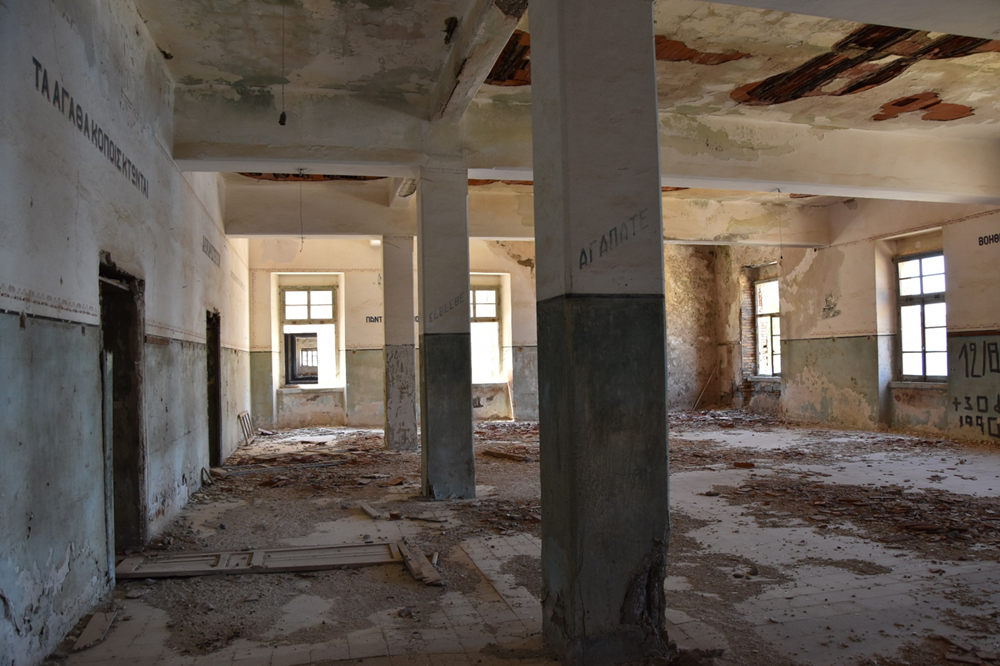
The Ministry of Culture is promoting a model of sustainable development through the revival and reuse of historic buildings in the settlements of Lakki and Lepida, based on an integrated strategic plan it has developed to showcase the island’s cultural assets and unique architectural and urban character. The implementation of this plan is guided by the results of a research program conducted by the Ministry of Culture in collaboration with the National Technical University of Athens. The proposal concerns the elevation of these two settlements, following a sustainable, small-scale development model that creatively combines the building and urban heritage from all previous periods with intangible cultural heritage, as well as innovative activities, aiming for gentle tourism development.

Building stock in Lakki
The Minister of Culture, Lina Mendoni, stated: “Leros as a whole, and especially the settlements of Lakki and Lepida, represent a challenge for a small-scale sustainable development model that combines the promotion of the island’s cultural and historical tradition and identity with innovative actions to ensure the economic development of its inhabitants, based on the principles of sustainability. The settlements of Lakki and Lepida, which have been designated historic sites by the Ministry of Culture, constitute a unique architectural ensemble of the interwar period in Greece, composed of manor houses, urban modern residences, commercial and industrial buildings, hospitals, and educational buildings, featuring distinct architectural and morphological characteristics of Italian Rationalism. The architectural character of these settlements, which remains intact from the late 19th to the early 20th century, serves as evidence of the evolution of the area, closely linked to its history and the social, cultural, and economic factors that shaped it. Our goal, when we commissioned the National Technical University of Athens in 2021 to conduct this research program, was to document the building wealth of the settlements and to submit proposals for highlighting their distinctive architectural and urban identity, as well as to promote an integrated management strategy for their sustainable development. The cultural heritage of Leros must be kept alive as part of the broader development planning, aiming to attract visitor interest and revive local productive processes, while operating within a modern and flexible legislative framework for the protection of the settlements and the wider environment.”
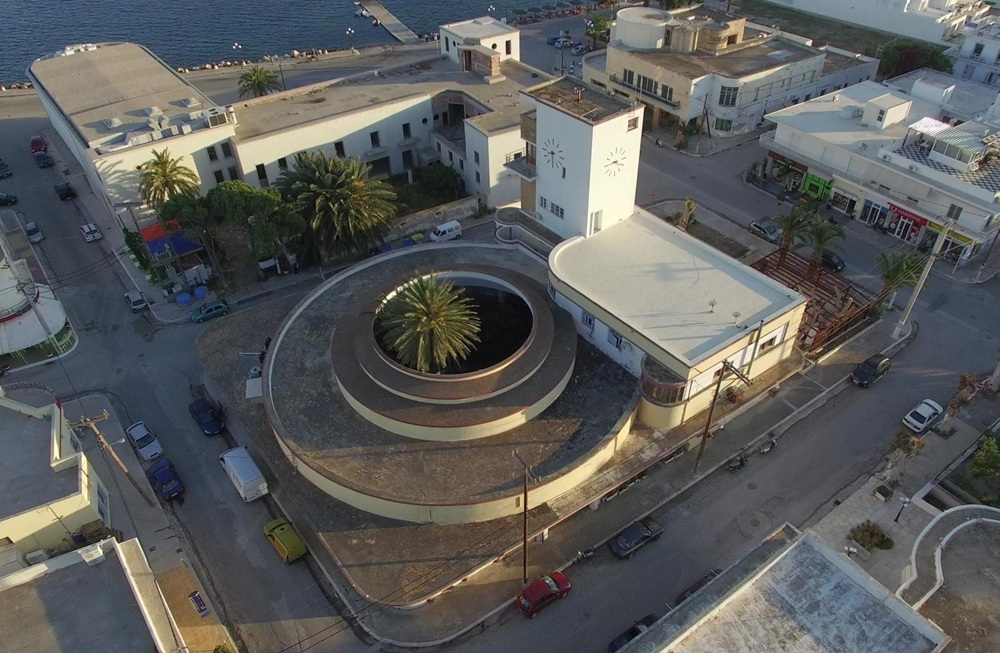
Lakki’s flea market
Based on the results of the research project, the classified historic site in Lakki and Lepida is suitable for the establishment of activities that may include:
-Annual tourism, satisfying focused interest of groups and individuals, such as architectural, cultural, medical, martial, diving, sailing, hiking, nature tourism, culinary tourism, as well as tourism of specific social groups, such as 65+.
-Establishment and operation of a modern “Asclepius”, which could be a tourist accommodation or tourist product, combining the historical medical tradition with the latest research into alternative prevention and treatment.
-Establishment and operation of a modern technical school, a ‘Mediterranean academy’, linking technical and artistic tradition and expression with the most contemporary concerns for a ‘smart’ and sustainable alternative production of products with a distinctive spatial identity.
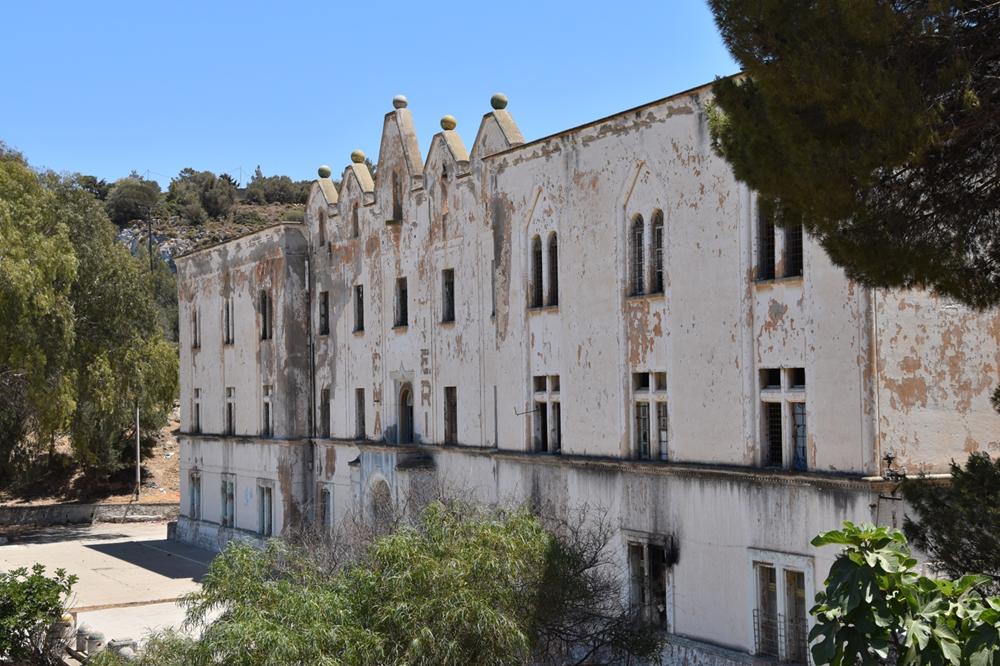
The air station at Lepida
Lepida
The air force base and the buildings of the Royal Schools in Lepida offer a building stock of special architecture, charged with difficult memories, which belongs to two distinct units. In the first section, in which memories of the airbase and the psychiatric adventure coexist, a tourist development of special interest is proposed, a ‘modern Asclepius’, with the prospect of annual operation, aimed at treating the body and the mind. In the second section, in which the post-war memories of vocational schools, exile and abandonment coexist, a modern educational activity is proposed, a ‘Mediterranean academy’, a Bauhaus of the modern era, or possibly an activity corresponding to the educational interests of the Navy, making use of the large buildings, in Lepida and Lakki, to host educational and cultural activities of a developmental nature of supra-local importance. The public space at Lepida is combined with the reactivation of the buildings and the surrounding area of the former airbase and the Royal Schools. It is proposed to develop a long coastal frontage that will allow for the development of marine activities.
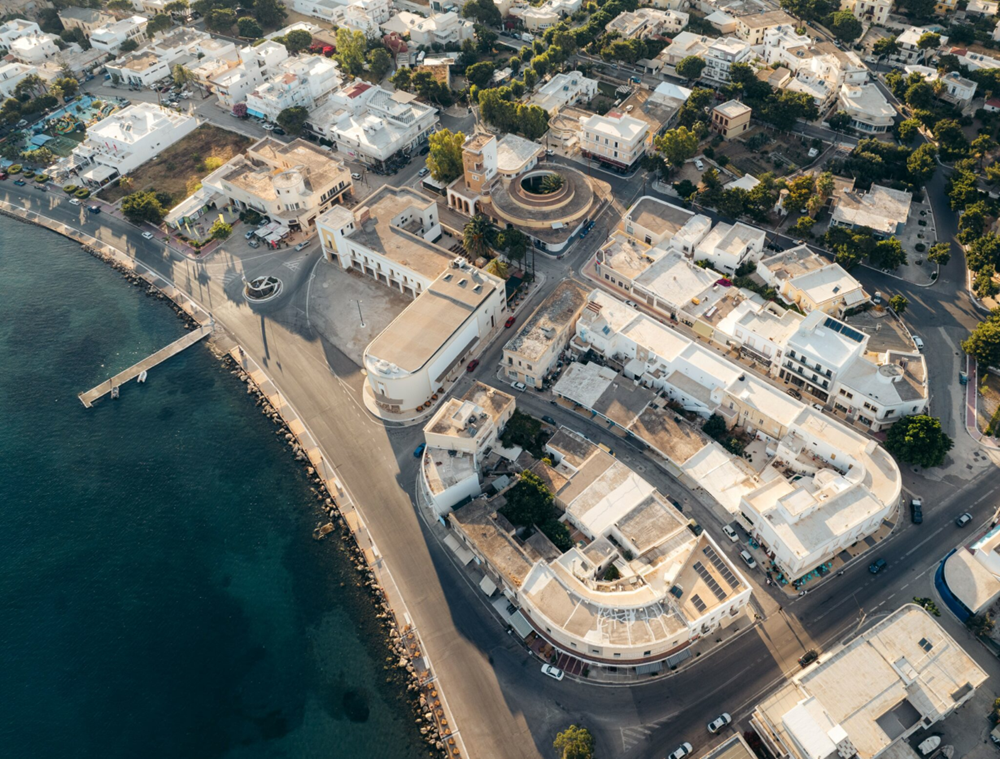
Lakki from above
Lakki
In Lakki, three sections of the building stock are distinguished. The first, which is the most important from an architectural and urban planning point of view, is residential and is characterized by the overall organization and by the survival of important buildings of Italian rationalism. The second is hospital, with a large-scale functional sanatorium of a particular architectural style, while the third is potentially maritime, in the sense that it is part of the naval establishment on the island, but it mainly includes large-scale, utilitarian abandoned buildings. The protection and enhancement of the historic site in Lakki focuses on the building stock and public space within the conservation boundaries and the natural and man-made environment outside the boundaries of the historic site, which influences and is influenced by it, in the perspective of a wider development strategy. It also proposes a comprehensive view of the use of public space, with traffic and parking planning for the benefit of pedestrians and cyclists, with the main use of the seafront for social activity, with gentle traffic, pedestrian regeneration and integrated care for urban equipment. It is important to immediately start protecting and restoring selected buildings, both public and private, so that they become a model of good practice and pave the way for the next ones. The balance of uses in the settlement is also particularly critical, in order to protect the residential character of specific areas.

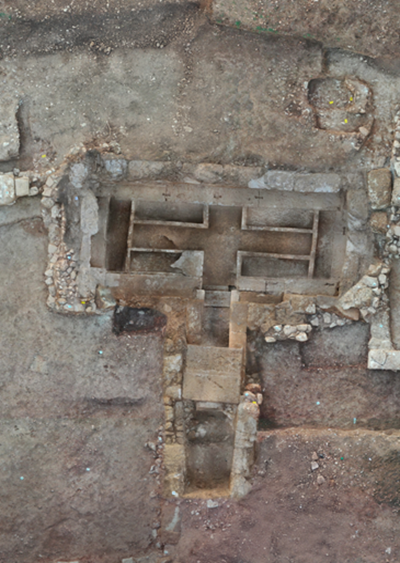
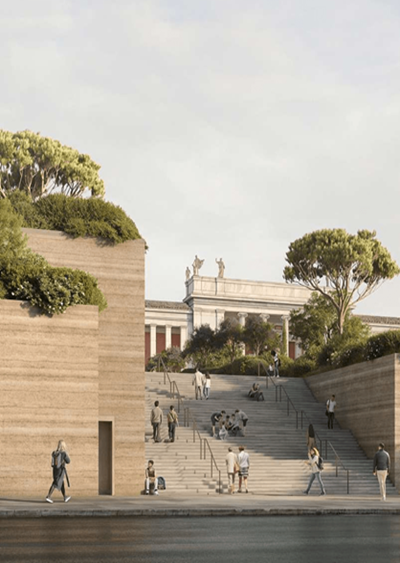
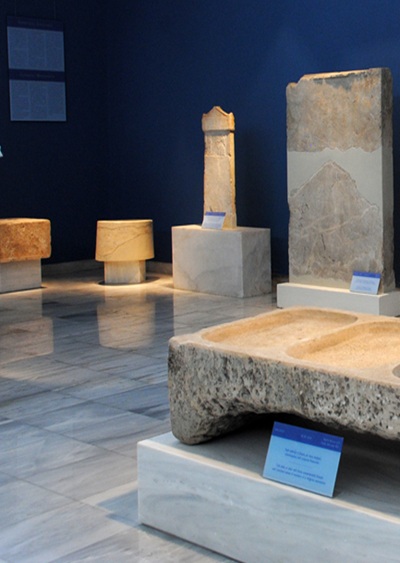
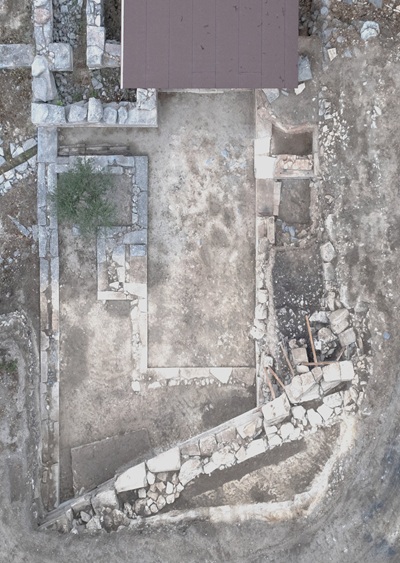


Leave A Comment